It is often said that history is written by the winners. Over the past 100 years or so however many of the discoveries made by the science of archaeology have provided a more balanced view of human history, shining a light on some of the forgotten peoples from the past.
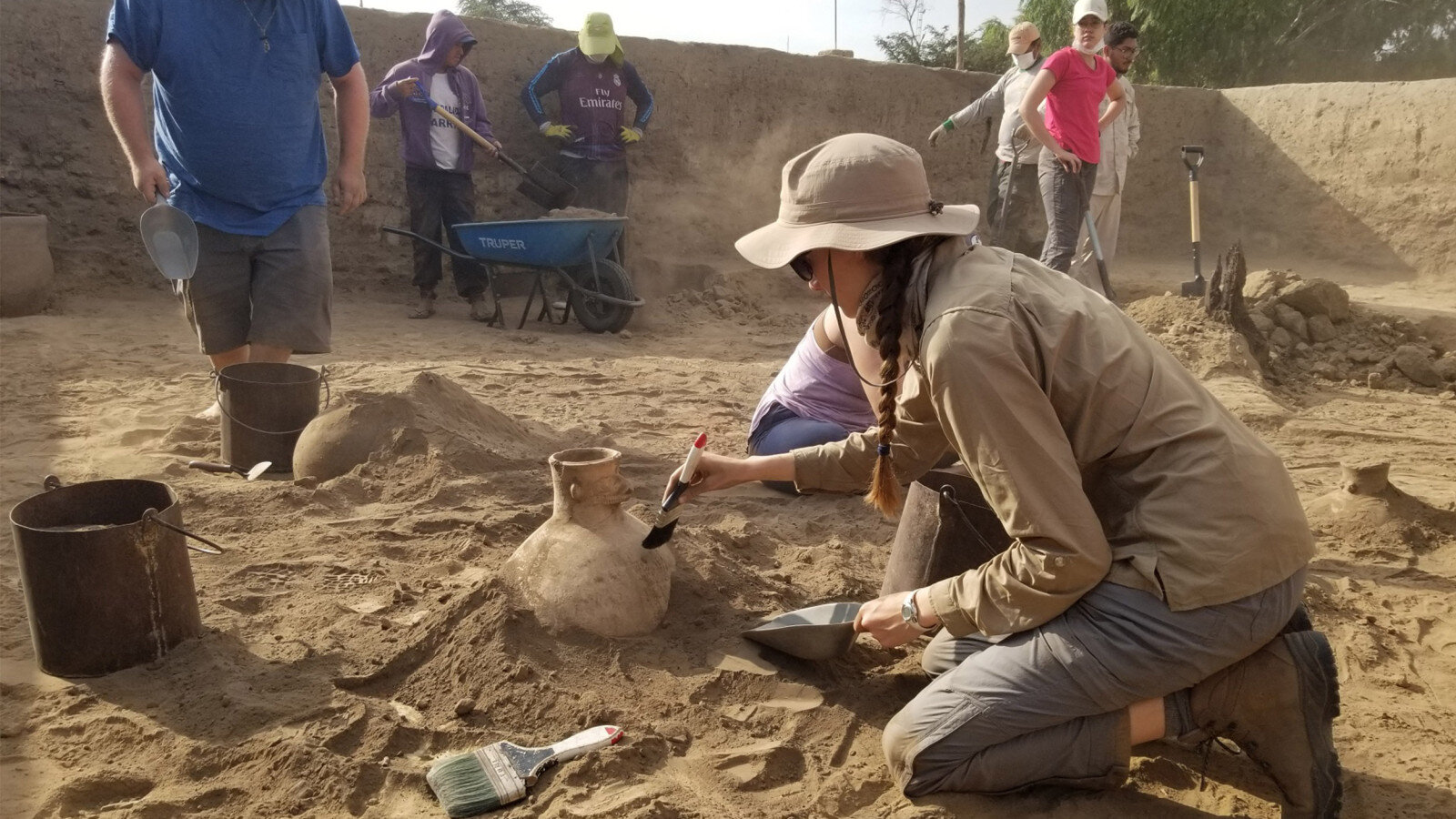
To recover that knowledge it is of course important that there still be archaeological locations and artifacts from the distant past that can be excavated and studied. However oftentimes throughout history the remains of the past have suffered because of the needs of succeeding generations. One prime example of this would be the city of Troy, which was rebuilt, time and time again during the classical period. Each new layer of habitation causing damage to the earlier layers beneath it.
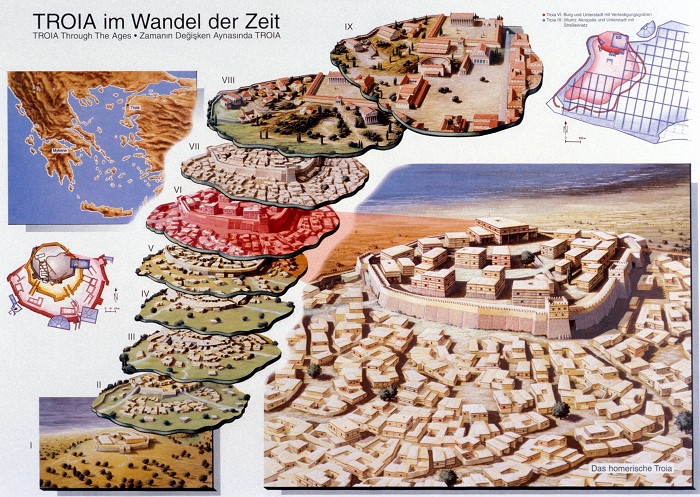
Of course those people of ancient times could be forgiven for not preserving the past, what few resources they had were needed just to keep them alive. It’s really only been in the last 200 years or so that human society has been able to afford archaeological research of any kind. Unfortunately that doesn’t mean that archaeology and economic progress no longer come into any kind conflict.
One very significant such conflict recently became big news in the land down under. It is thought that the first humans to reach Australia may have done so as much as 50,000 years ago and that the aboriginal population there remained in almost complete isolation until the late 18th century.
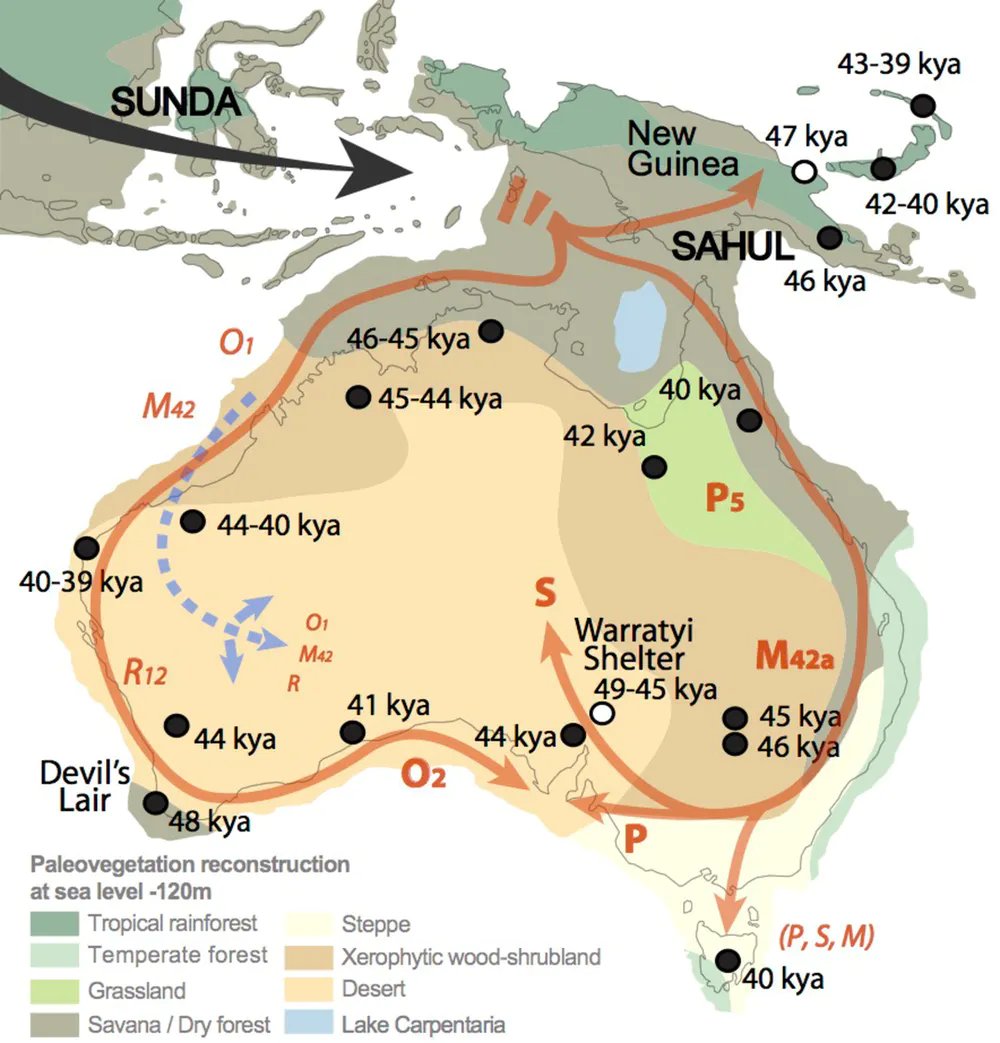
That long period of isolation makes Australia a very important labouratory for the study of human societies and how they change and develop over time. Unfortunately the aboriginal population in Australia never grew very large nor did they ever develop cities or settlements of any kind. That makes any archaeological remains in Australia both very rare, and very valuable.
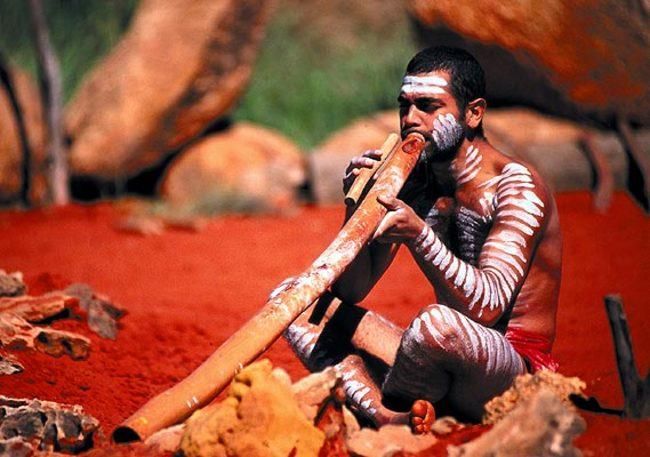
Which is why the destruction of two caves in Juukan George in the remote Pilbara region of western Australia by the mining company Rio Tinto is such a tragedy. Initial surveys of the caves over the last few years had found several traces of human activity, stone and bone tools along with other animal remains and even a lock of human hair. When dated the artifacts were found to be about 46,000 years old making them some of the earliest evidence for human habitation in Australia.
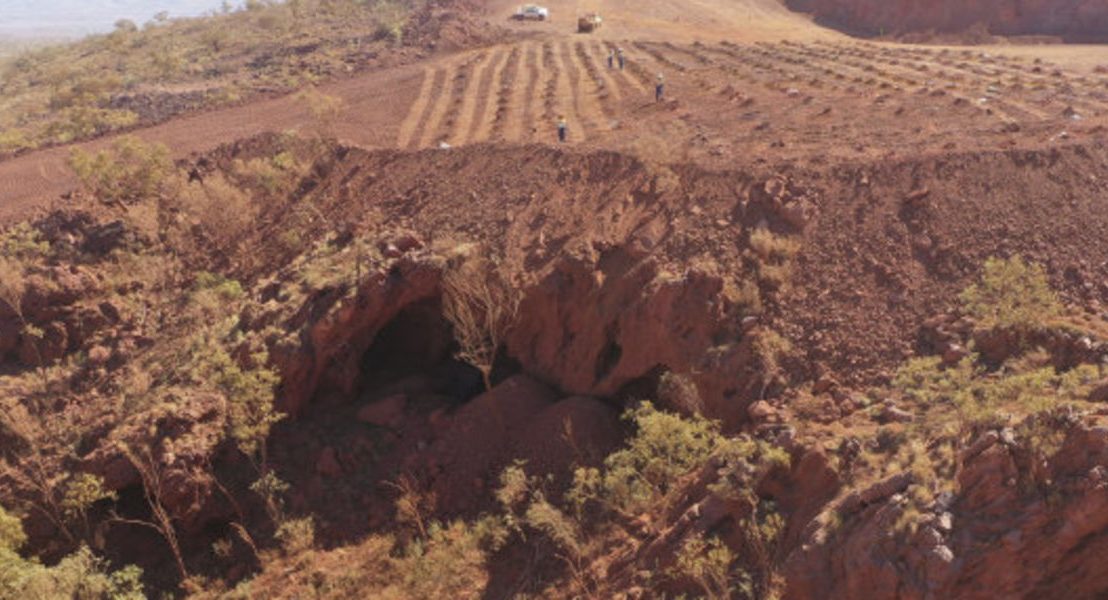
None of that mattered to Rio Tinto, there was iron ore in the hills that contained the caves and they wanted it, and they wanted it now. So it was that in May of 2020 the two caves were blasted out of existence in order to clear the way for mining operations. Just another example of short sighted corporate greed leading to the loss of something that can never be replaced.
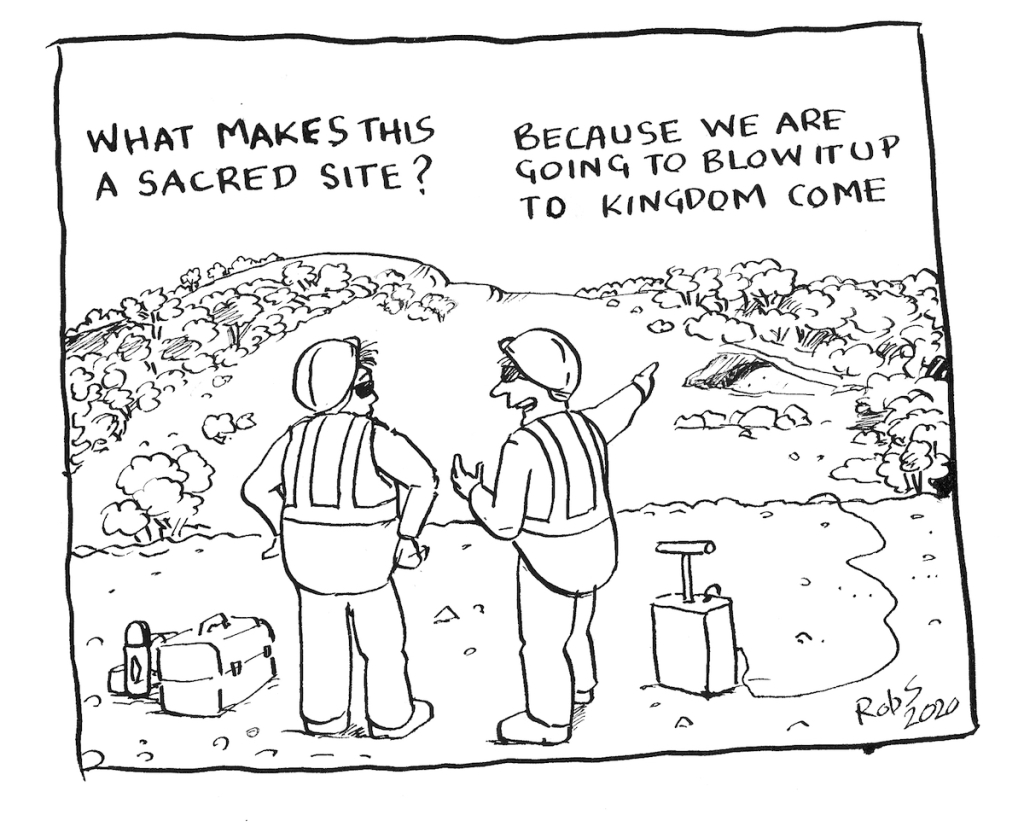
Not that Rio Tinto did anything illegal. The company had a 2013 agreement from the government of western Australia giving them permission to mine the site and in the days leading up to the detonation they gathered all of their corporate lawyers in case the Puutu Kunti Kurrama or some other indigenous people’s organization tried to obtain a judge’s injunction in an effort to stop the blasting operation.

Unfortunately it was only after the destruction at Juukan George that the protests and questions from government officials began. A month after the caves were destroyed Rio Tinto was forced to publish an apology for their cultural banditry. Since that time the company’s board of directors have forced out the CEO Jean-Sebastien Jacques and his top two assistants. In typical corporate fashion the trio had their yearly bonuses taken away BUT they reached an amicable departure settlement with the company, which I bet was worth more than the bonuses.

In the words of Rio Tinto’s chairman Simon Thompson, “…what happened at Juukan was wrong.” To try to recover something of the company’s image he and the other Rio Tinto stockholders have agreed to help promote the preservation of other aboriginal heritage sites in the future.
But I’ll bet you they are still taking that iron ore from Juukan George!
P.S. News has just been released that the people of the Island of Bougainville in the nation of Papua New Guinea are accusing the Rio Tinto Corporation of releasing poisons such as mercury into the rivers of the island from an abandoned copper and gold mine. The residents of Bougainville maintain that they have suffered from the environmental policies of Rio Tinto for years but since the mine has stopped production the company has made no attempt to clean up the site or prevent a possible disaster happening to the people of Bougainville.
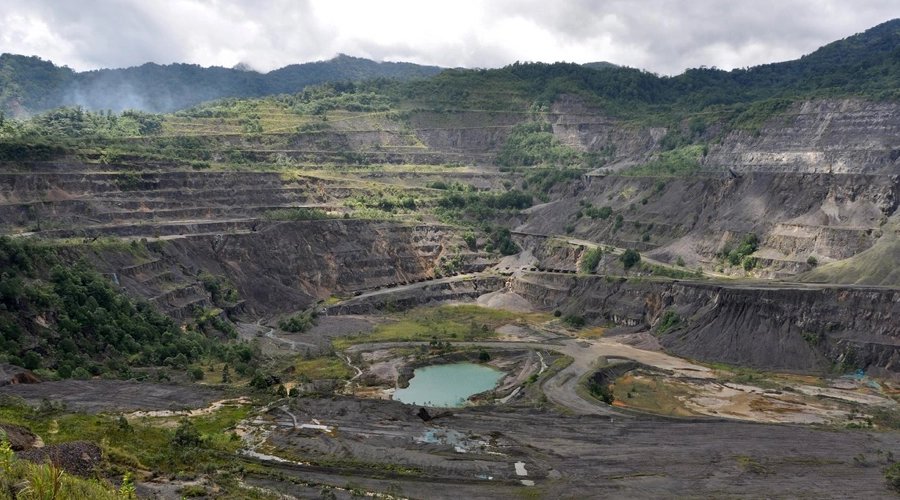
Why does this news about Rio Tinto not surprise me?
